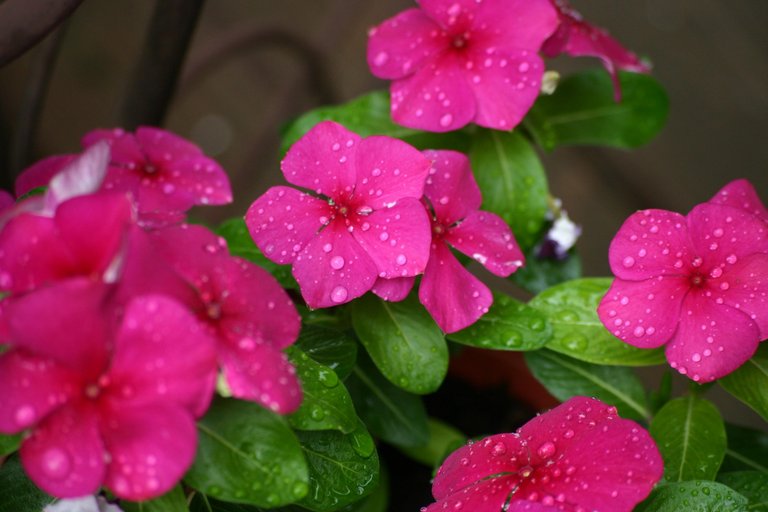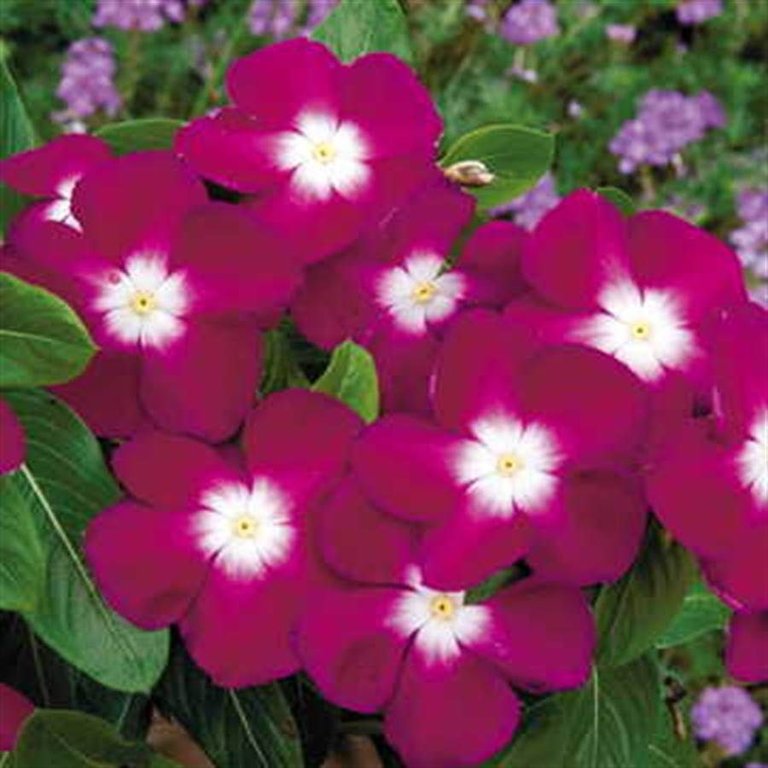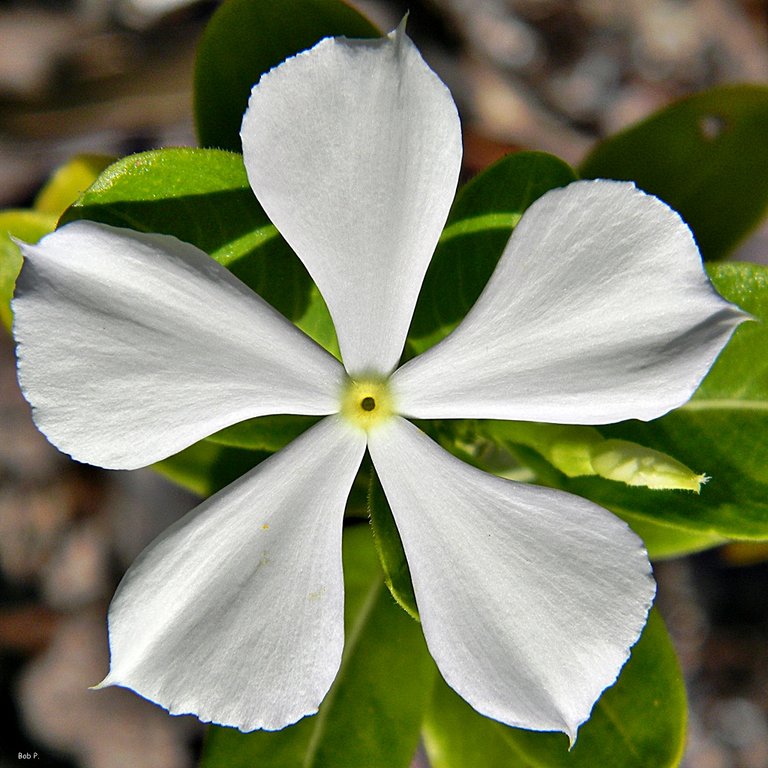
The common periwinkle plant (Vinca minor) is often spotted creeping down steep hillsides and banks, offering a green and growing affect in areas which might otherwise be bare. The periwinkle plant is exceptional as an erosion control specimen. Periwinkle is also used as a spreading shrub in USDA garden zones 4 to 8. Periwinkle is often also called creeping vinca. Periwinkle is most often grown as a ground cover.

The periwinkle plant takes its common name from the attractive blooms that dot the foliage in April to May, appearing in the color of periwinkle blue. More than 30 varieties of this plant exist, some with variegated foliage and other colors of blooms. When planting periwinkle, choose what best suits your landscape.


The periwinkle plant grows best in a partially shaded area in acidic soil; however, it can thrive in a variety of sunlight and soil conditions. Growing periwinkle in partial shade creates more vigorous growth. In many instances, extreme vigor may not be desirable unless the periwinkle plant needs to cover a large area. One small plant can spread to 8 feet across.

Before planting periwinkle, make sure it is what you want in the area, as it is difficult to remove once established. Periwinkle appears low on the exotic invasive list, but can escape cultivation in the garden. It is rarely found escaping into undisturbed woodlands.